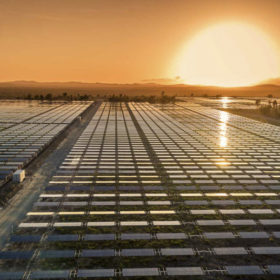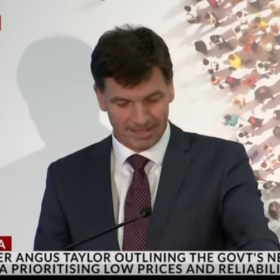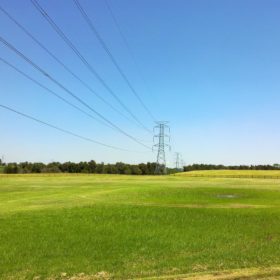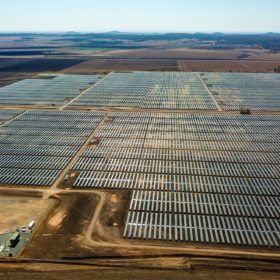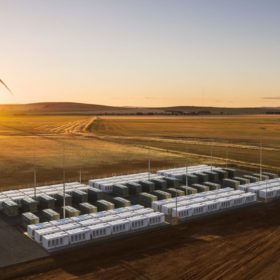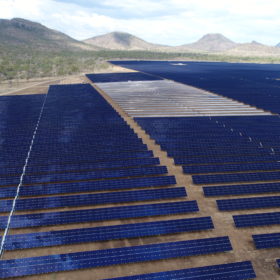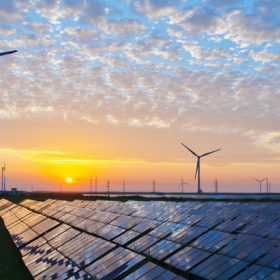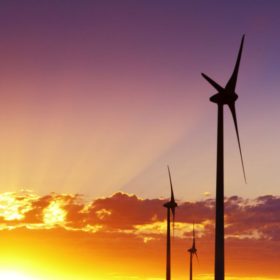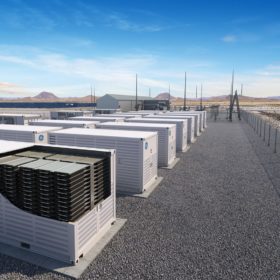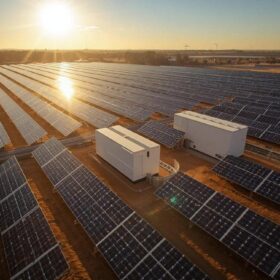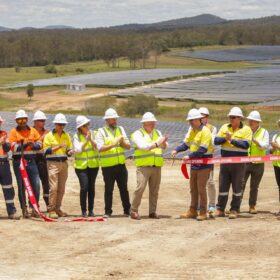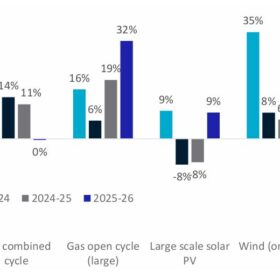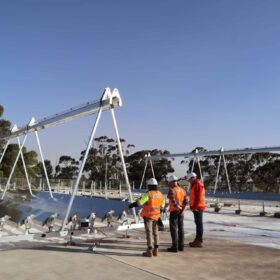How good is solar farming?
The breadth and depth of detail in the GSD2019 (to be released today) reveals any number of important insights into the supply side of the NEM. One theme that stood out for me as I reviewed the data was the set of challenges facing the NEM’s most recent crop of new entrant generators – utility-scale solar farms – as they come to grips with the messy reality of the electricity market.
Green hydrogen costs projected to decrease by up to 60% by 2030
A new report from Hydrogen Council predicts that the cost of renewable hydrogen production will fall drastically by up to 60% over the coming decade due to the declining costs of renewable electricity generation and the scaling up of electrolyzer manufacturing. Thanks to its optimal renewable resources, Australia will be among the countries most favorably placed to contribute to the development of the hydrogen economy.
Taylor changes tune: Australia to reach 48% renewables by 2030
Energy Minister Angus Taylor has confirmed that Australia is on its way to hit nearly 50% renewables share by 2030, the target deemed economically suicidal by the Coalition during the last election. With no mention of the widely-reported massive drop in renewable energy investment, Taylor hailed 2019 as a new record year for renewables in Australia.
SA-NSW interconnector gets regulatory go-ahead to unlock slew of renewable energy projects
The Australian Energy Regulator (AER) has given its tick of approval to the proposed $1.53 billion electricity interconnector between Robertstown in South Australia and Wagga Wagga in New South Wales. The new transmission line holds the promise of reducing power bills in both states by unlocking gigawatts of planned renewable energy projects in its close proximity.
Yarranlea Solar Farm connects to the grid
Queensland’s Darling Downs region is set for its second large-scale solar project to gain grid connection in a matter of months as Risen Energy’s 100 MW Yarranlea Solar Farm connects to the grid for its staging procedures.
Lake Bonney big battery readies to supply Tesla Australia EV supercharger network
The 25MW/52MWh battery at the Lake Bonney wind farm is in the final stages of testing and close to full commercial operation. Once operational, the big Tesla battery will supply the electric car maker’s Australia EV supercharger network with renewable electricity.
Australia poised for record large-scale PV rollout in 2020
Australia’s utility-scale renewable energy sector is set for a record year with 3.6 GW of projects expected to complete commissioning in 2020, Rystad Energy finds. This comprises 1.96 GW in utility PV projects and 1.57 GW in wind developments, with the remaining 0.1 GW coming from batteries.
Investment in Australian renewables sank in 2019
Investment in Australian renewable energy capacity fell 40% in 2019 down from record-breaking levels seen in the year before, according to Bloomberg New Energy Finance (BNEF). Spending on large-scale renewables dropped dramatically due to network woes and long-term policy uncertainty but was ameliorated by the rooftop solar segment’s record growth.
Australia’s carbon emissions drop for the first time as renewables weigh in
Australia has seen the first decline in annual emissions since 2015 thanks to record levels of renewable energy but if continued at the present rate the 2030 Paris target would be met some 68 years after the deadline, according to Ndevr Environmental.
Why Australia’s long term energy policy rests on battery storage
Australia has made great strides in terms of investment into renewables, yet despite the spend, we are still faced with an ageing grid and a growing number of coal power plant closures, that lack clear and sustainable replacements.
